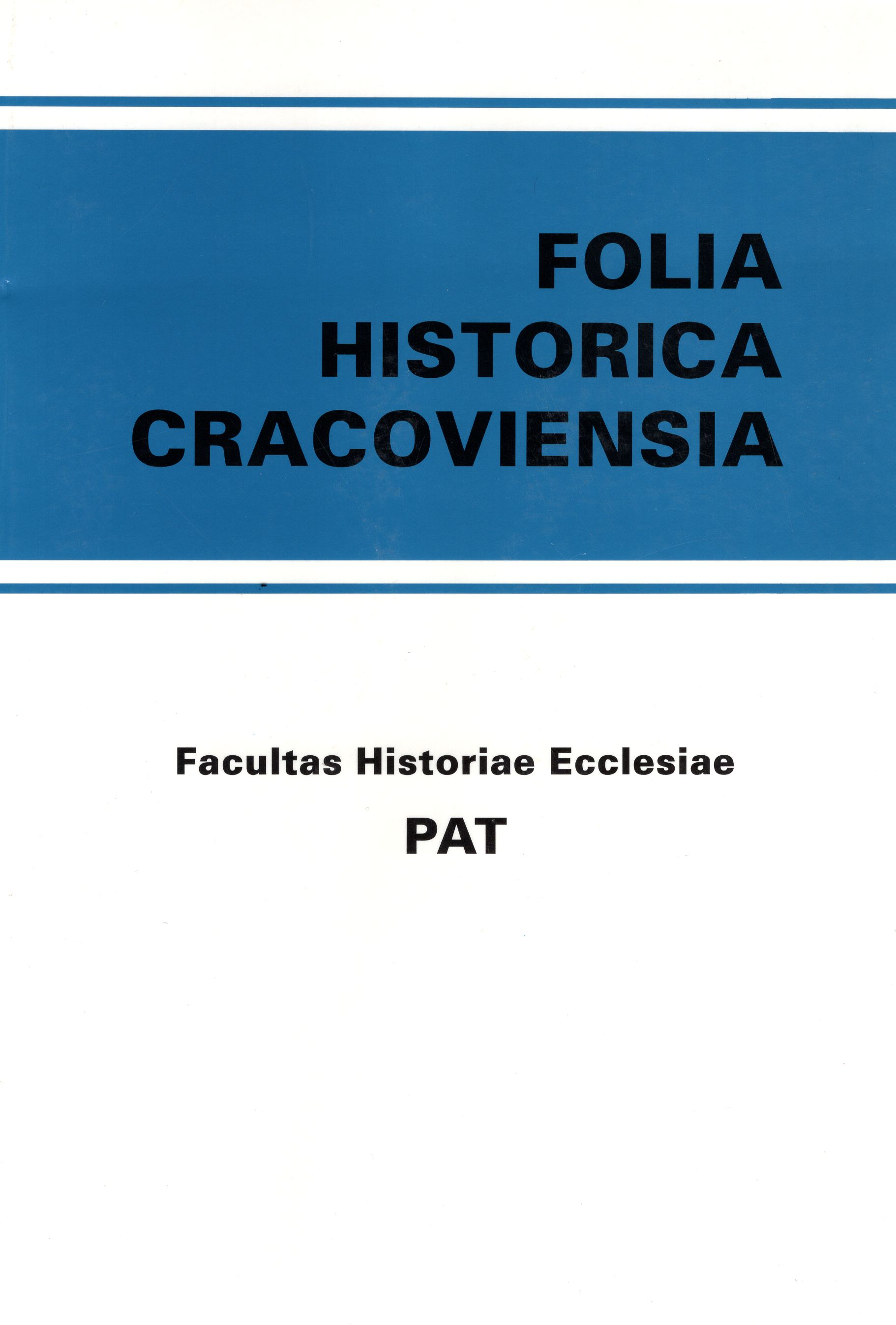Fundacje artystyczne księżniczki bawarskiej Marii Klary Wittelsbach, w zakonie siostry Teresy Marii od św. Józefa (1608-1652), karmelitanki bosej w krakowskim klasztorze św. Marcina
Art Findings of Bavarian Princess Maria Klara Wittelsbach, in Convent Called Teresa Maria od sw. Jozefa (1608-1652), a Discalced Carmelite Nun in St. Martin’s Convent
Author(s): Jerzy ŻmudzińskiSubject(s): History of Art
Published by: Wydawnictwo Naukowe Uniwersytetu Papieskiego Jana Pawła II w Krakowie
Keywords: art findings; Bavarian Princess Maria Klara Wittelsbach; discalced carmelite
Summary/Abstract: Maria Klara Wittelsbach (1608-1652) was a daughter of Ferdinand (brother of Wilhelm V, who ruled in Munich) and Mary. Through her sister she was closely related to the Hapsburgs and Vasas, who ruled in Poland. Beginning with 1618 Maria Clara was brought up at the king’s court in Warsaw. In 1634 she joined the Carmelite order at St. Martin’s church in Cracow and took a name Teresa Maria od sw. Jozefa. In 1649 she was chosen prioress of the convent and in 1652 she died in a plague. On joining the convent the Bavarian princess devoted considerable sums to have a new church built and procure a silver altar set (six altar candlesticks, two chalices, a crucifix, a lamp, a censer), which she ordered in Augsburg, as well as a wooden tabernacle, adorned with silver (the decoration may have been made in Augsburg, too). The altar set was looted by the Swedes during the war 1655-1657. The tabernacle stood on the main altar of St. Martin’s church until 1787, and after the dissolution of the convent it was moved to another church of the same congregation in Cracow (in Kopemika Street). In 1793 the silver decorations from the tabernacle were sold and replaced by a new, much simpler decoration. The tabernacle has been preserved to our times and in its design one can easily trace imitation of a design by an Italian architect Giovanni Battista Montano (1534-1621), released in 1628. No details are known about the silver altar set. There are grounds to infer that the procurement from Augsburg ca 1635 of a sumptuous silver set for religious purposes and its shipment to Cracow helped develop contacts between Cracow’s and Augsburg’s goldsmiths.
Journal: Folia Historica Cracoviensia
- Issue Year: 10/2004
- Issue No: 1
- Page Range: 529-538
- Page Count: 9
- Language: Polish

